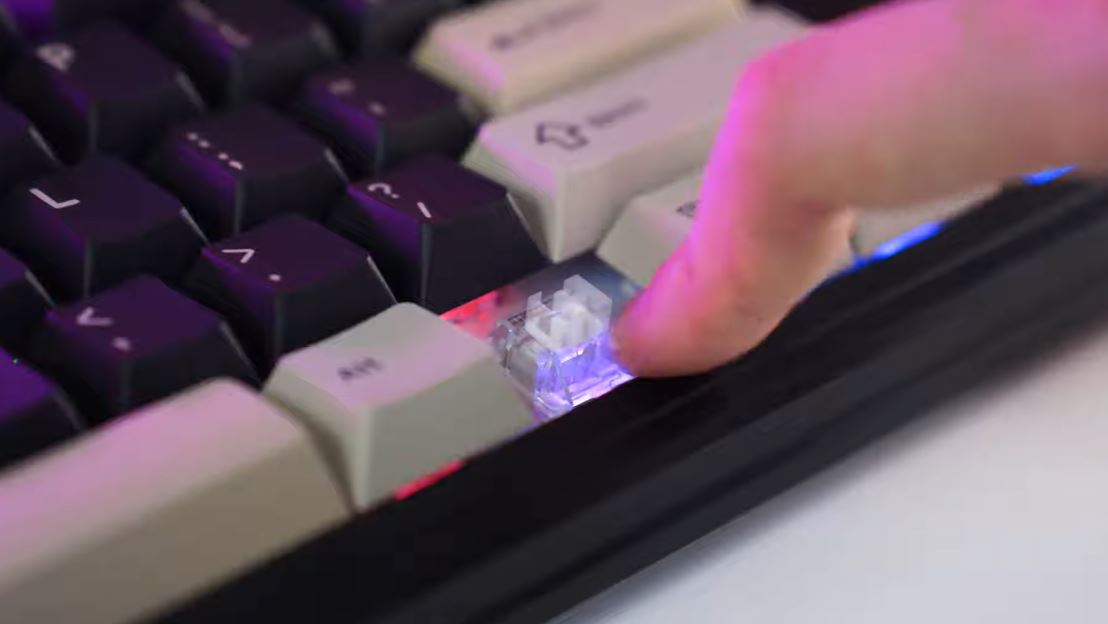Last fall, I found myself in need of a new keyboard after wearing out the one that came with my PC. I was tired of basic off-the-shelf keyboards and wanted an upgrade. I had seen some cool mechanical keyboards in other setups and wanted something with better quality and customization options. However, I had no idea where to start exploring this world of mechanical keyboards. Soon I found myself deep in the mechanical keyboard rabbit hole! Here's my guide for mechanical keyboard newcomers on what to consider when shopping for your first board.
Starting Simple and Cheap
I began my search on Amazon, looking for something that looked nice within my budget. I came across the Mage G USB keyboard for just $35. While it had colorful keys and lights underneath, the build quality really lacked. The plastic felt hollow and flimsy. After trying it out, I realized I wanted that satisfying clicky sound you hear from quality mechanical keyboards. So this budget option didn't do it for me despite its low price.
Stepping It Up with a 60% Board
Next, I tried the Royal Kludge 60% mechanical keyboard for around $65. Right away I could tell the difference in quality. It felt more substantial with its solid plastic case. I also liked having wireless and wired connection options via Bluetooth and USB-C. The RGB lighting looked great too. More importantly, the switches had a nicer sound and feel compared to the mushy ones in the first keyboard. This was a nice upgrade but I wanted to see how much better a higher-end keyboard could be.
Investing in a Premium Brand
That's when I got the Keychron Q3, recommended as a good starter board for customization. At around $150, it's made of pure metal and feels incredibly solid and well-built. The stabilized keys have a pleasant clack without too much noise. I also liked that it came in a simple black case perfect for customizing with unique keycap sets. I added some latte-colored PBT keycaps that matched my office aesthetic. The quality difference was immediate and this became my daily driver board.
Considering Size and Form Factor
Keychron also sent me their low-profile K3 Max keyboard to try, going against my initial preference for thicker keys. However, coming from laptop keyboards, I found the low-profile board much more comfortable while still giving me the clicky mechanical feel. The 75% compact size was also ideal. Now I appreciate having options for both standard and low-profile boards depending on my needs.
Getting Into Customization
The wonderful world of customization is what really draws many enthusiasts deep into this hobby. Things like switch choices, keycap designs, case materials and more can be totally customized. You can tweak every aspect of the board's aesthetics, sound and functionality. Some even build keyboards from scratch. It's fun to geek out over all the possibilities, even if you start with something simpler first as I did. Overall, a great mechanical keyboard is an upgrade that can last for years of use if you choose quality components. I hope this guide gave you a place to start exploring on your own journey!

